Basic Components of an Aircraft and it's functions
Primary Flight Control
Wing - Flaps, Alerion
Vertical Stablizer - Rudder
Horizontal Stablizer - Elevators
Alerion Control by hand by turning clockwise or conter-clockwise of Yoke
Elevator control by hands by pulling or pushing the Yoke
Rudder control by your left or right feet on Rudder Pedals
RUDDER yaw
- Controls rotation about the Vertical Axis of an aircraft
- Control by left and right Rudder peddles
- Push the left rudder pedal results in rudder deflection to the left cause the aircraft to rotate about the vertical axis and move the aircraft nose to the left
- Rudder effectiveness increase with aircraft speed, at slow speed large rudder imput may be require to achieve desired results
- Ball in the Center - Coordinated Flight
- Rudder affected by slow airspeed
- Not affected by high angle of attack
- maintain more control athority with Rudder at high angle of attack
ALERIONS
Alerion are LESS EFFECTIVE
- At high angle of attact
- At slow airspeed
Right hand side alerion up
less lift
Left hand side alerion down
- More lift
- More drag on
- Airplane pull back
Primary Flight Controls
The primary controls are the ailerons, elevator, and the rudder, which provide the aerodynamic force to make the aircraft follow a desired flightpath.
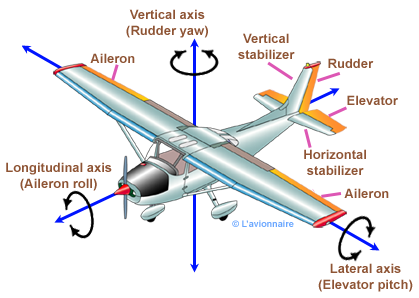

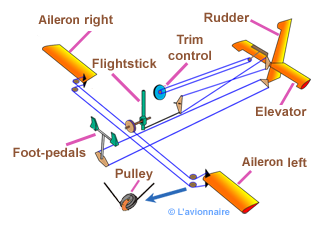
Elevator
When the pilot moves the controls forward, the elevator surface is deflected downwards. This increases the camber of the horizontal stabilizer resulting in an increase in lift. The additional lift on the tail surface causes rotation around the lateral axis of the aircraft and results in a nose down change in aircraft attitude. The opposite occurs with an aft movement of the flight deck controls.
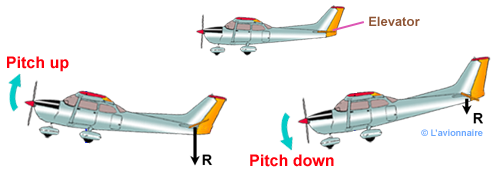
Aileron
Ailerons control roll about the longitudinal axis. The ailerons are attached to the outboard trailing edge of each wing and move in the opposite direction from each other. Ailerons are connected by cables, bellcranks, pulleys, and/or tubes a control stick.
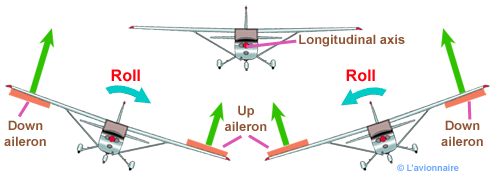
Rudder
The increase in camber of the wing results in an increase in lift but this, in turn, also causes an increase in drag. This added drag causes the wing to slow down slightly resulting in rotation, referred to as yaw,around the vertical axis. To overcome this yaw rudder input is required while entering and exiting a turn. To minimise the amount of adverse yaw produced during a turn.
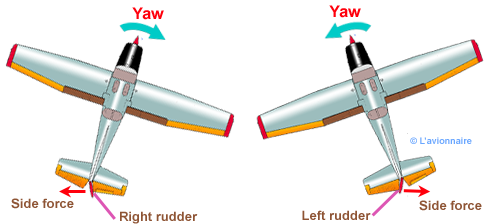
No comments:
Post a Comment